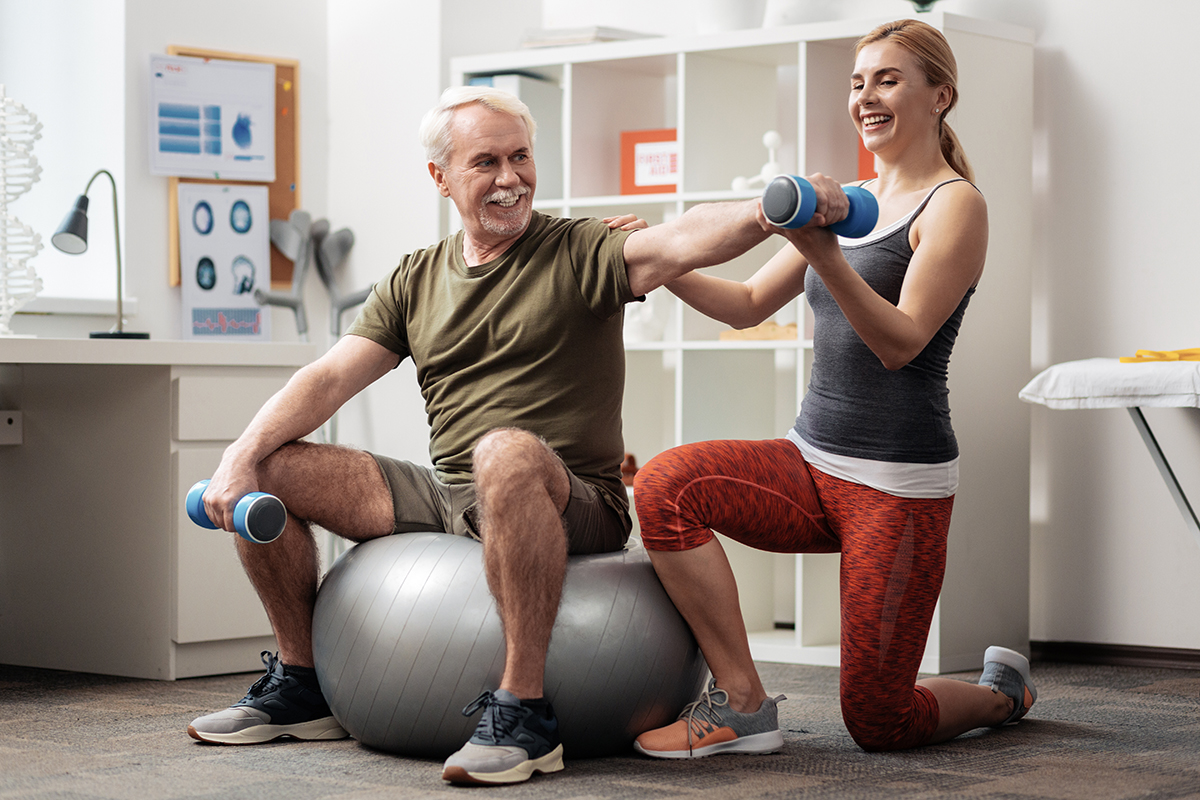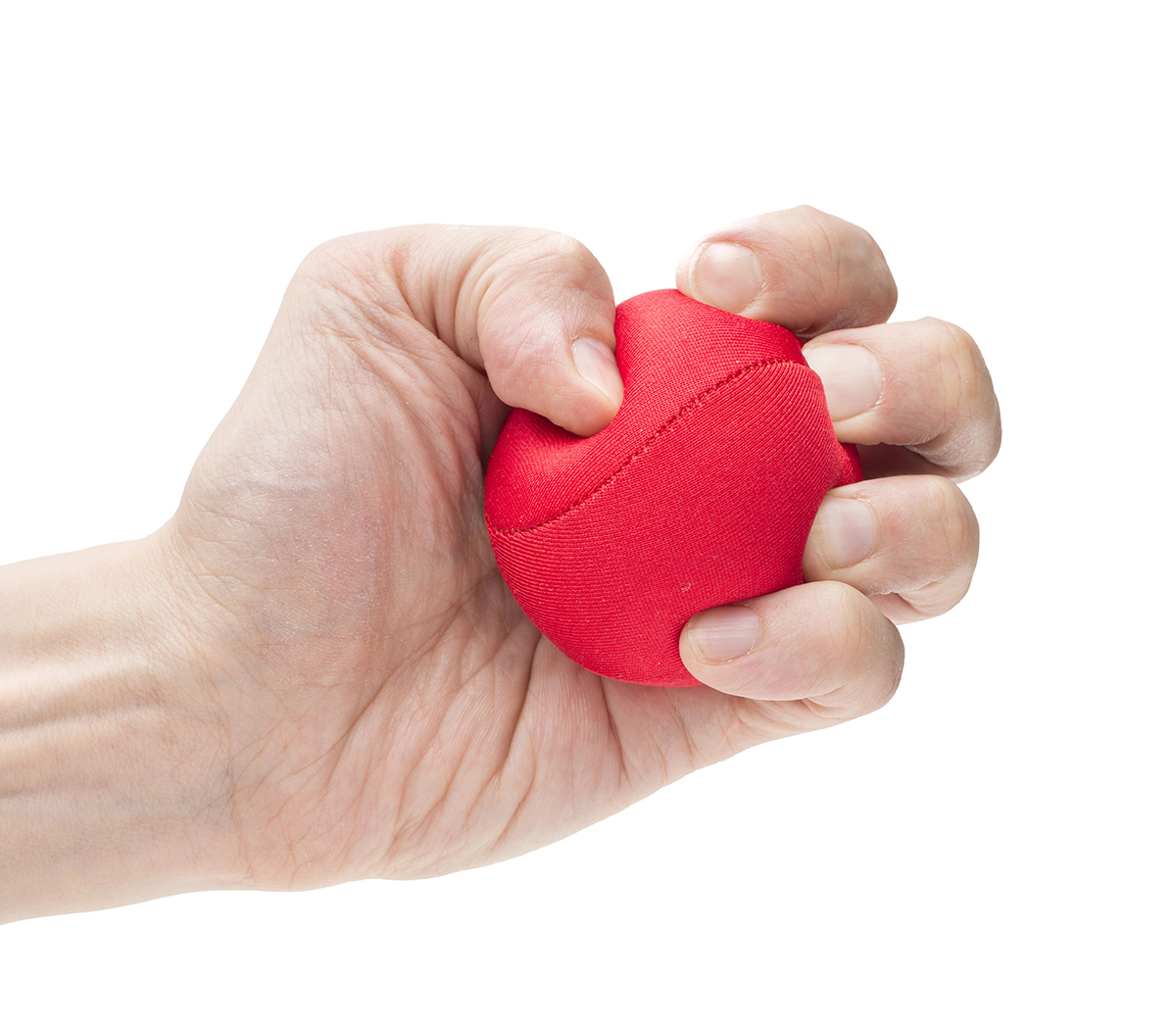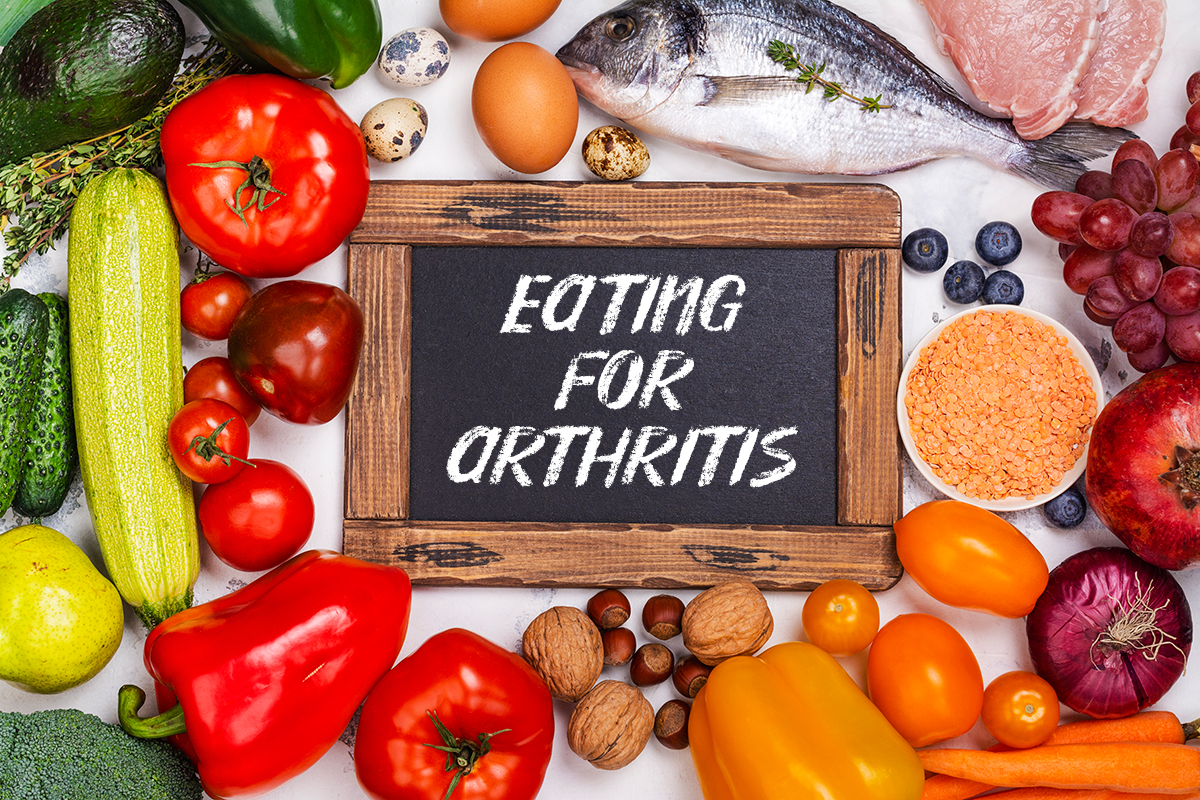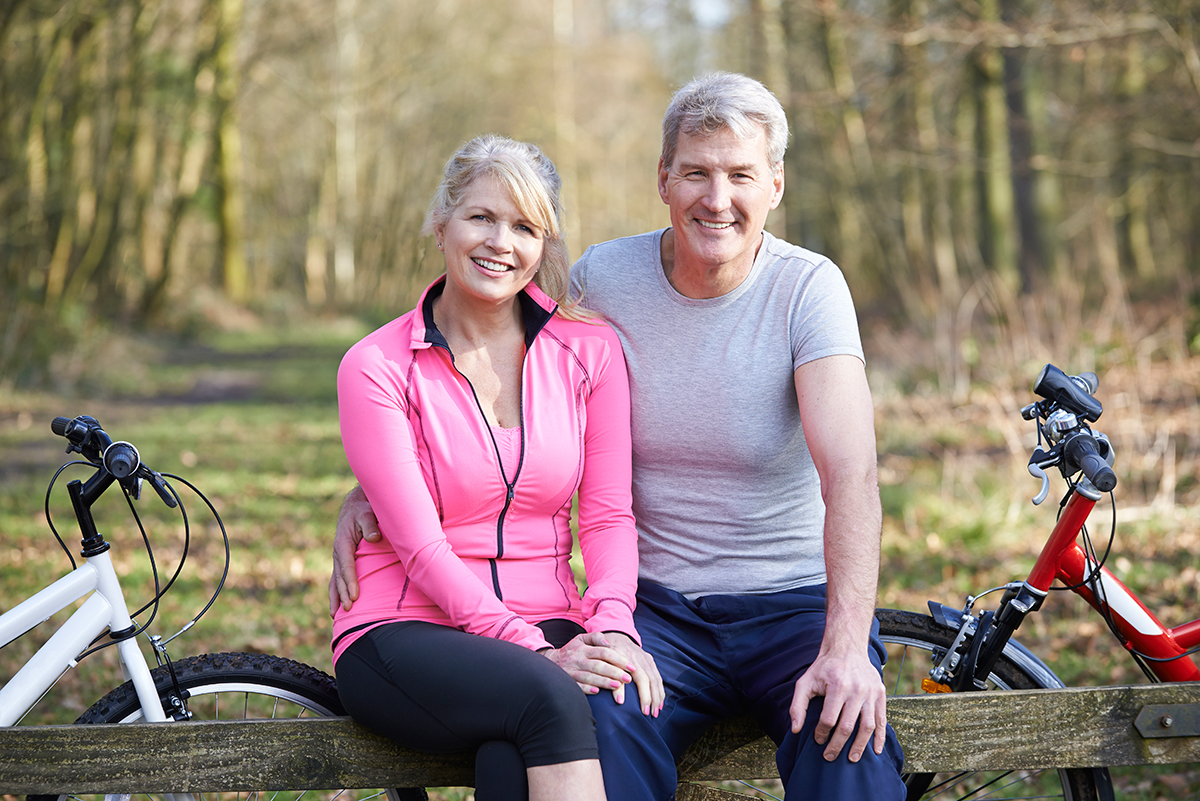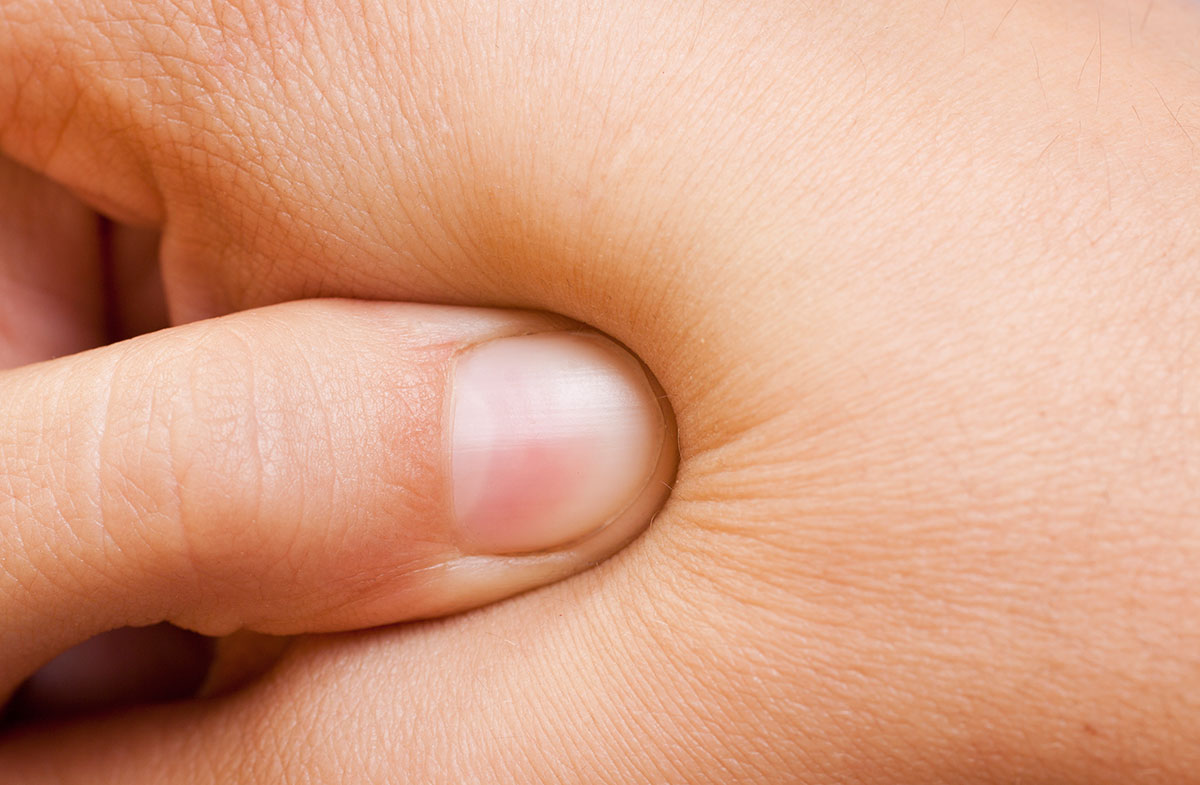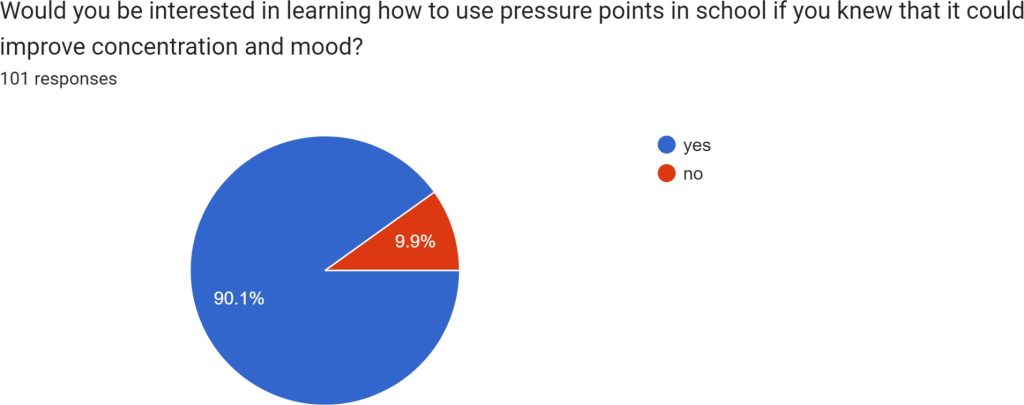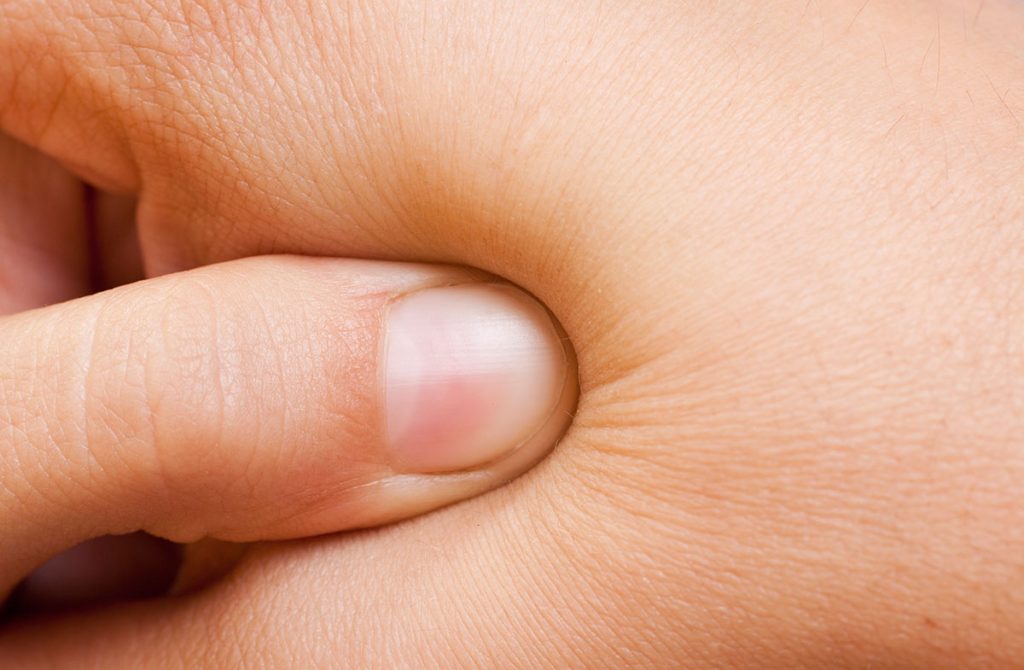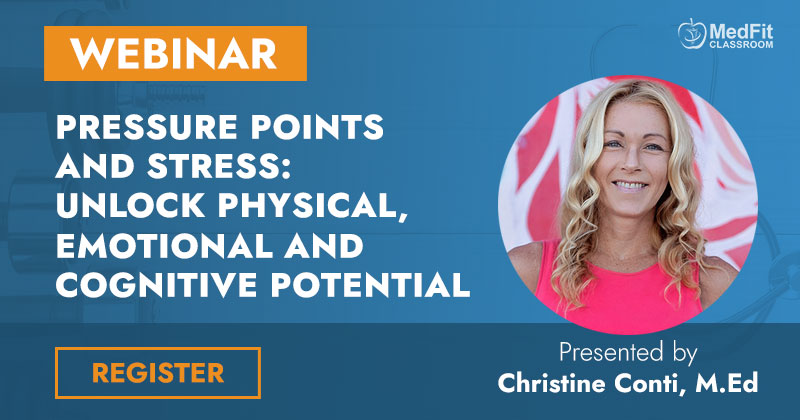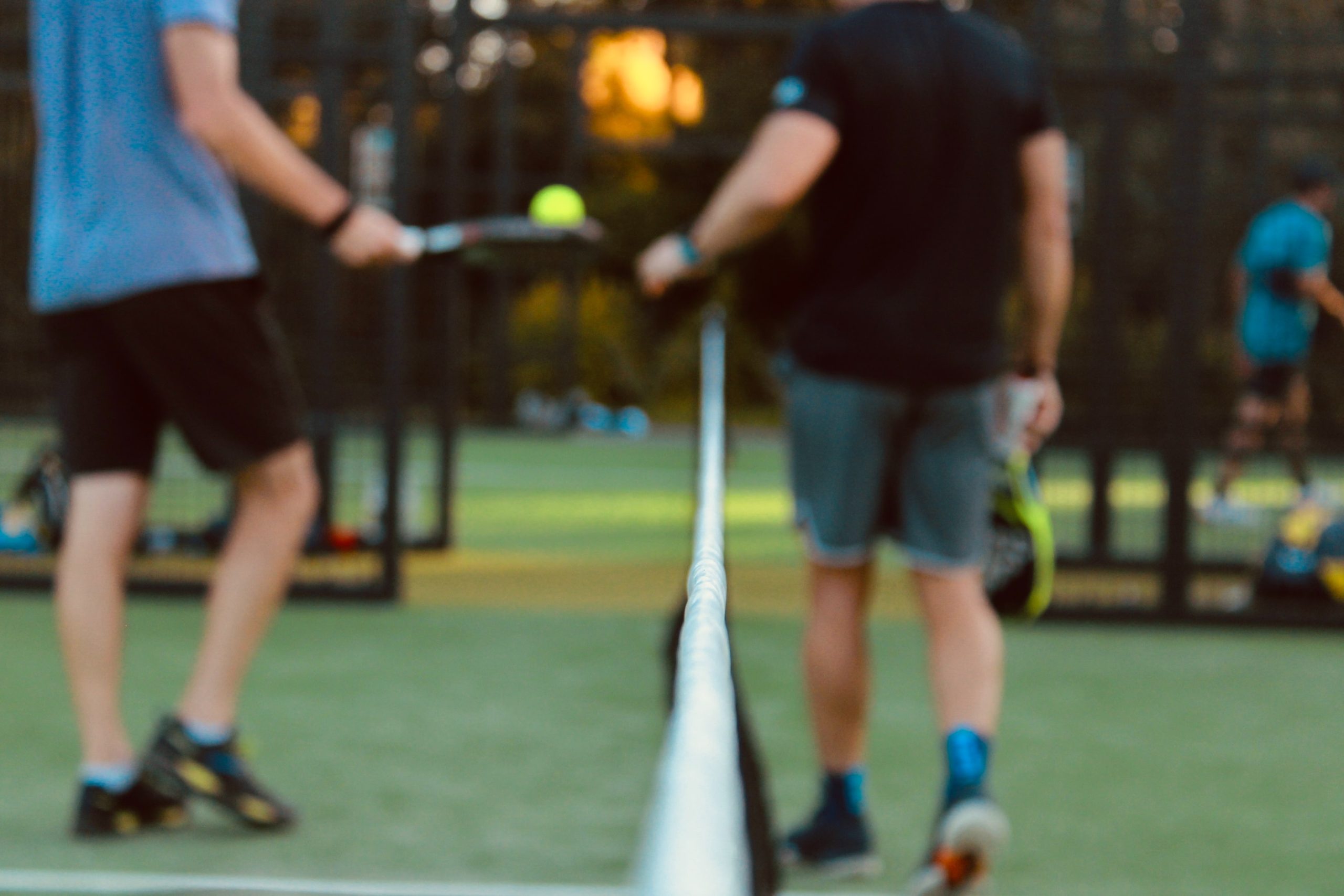The Evolution of Fit Pros: Fighting Chronic Disease
It’s time for the fitness industry to evolve! According to the Center for Disease Control, 6 in 10 adults suffer from at least one chronic disease while 1 in 4 adults suffer from multiple chronic diseases. In fact, chronic diseases such as heart disease, cancer, chronic lung disease, stroke, Alzheimer’s disease, diabetes and chronic kidney disease are the leading causes of death and disability and the leading drivers of the nation’s $3.8 trillion in annual health care costs.1 Let that sink in!

According to the Mayo Clinic, if you have a chronic condition, regular exercise will not only reduce the chance of developing disease, but also manage symptoms and improve overall health.
- Aerobic exercise can help improve your heart health and endurance and aid in weight loss. High-intensity interval training is generally safe and effective for most people and can take less time. In high-intensity interval training, you alternate exercising at high levels of intensity and exercising at a less intense level for short periods of time. Even activities such as walking at higher intensities count.
- Strength training can improve muscle strength and endurance, make it easier to do daily activities, slow disease-related declines in muscle strength, and provide stability to joints.
- Flexibility exercises may help you to have optimal range of motion about your joints, so they can function best, and stability exercises may help reduce the risk of falls.2
As fitness professionals, it is time to acknowledge and address the fact that many of our clients fall into these categories. Therefore, it is up to us to learn how to embrace this growing demographic rather than shying away from those suffering. As the number of comorbidities is on the rise, the demand for highly qualified fitness professionals to work with this type of client safely and effectively is skyrocketing. For this is the future of fitness.
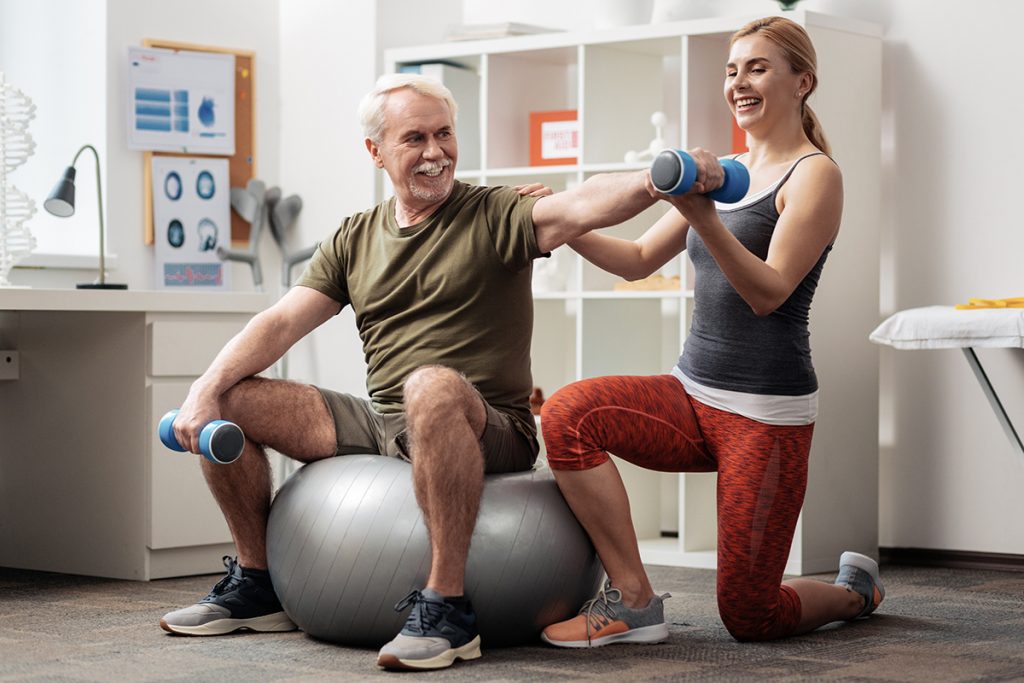
However, to truly evolve, the fitness industry must revisit the requirements for fitness professionals to work with clients who suffer with comorbidities. For example, a personal trainer who completes a basic certification course will not have an in-depth understanding of how to work with a client recovering from a stroke, fighting breast cancer, Parkinson’s disease, Rheumatoid Arthritis and more. This demographic is not concerned about the number on a scale, lowing their BMI, lifting heavier weights or the size of their clothing. Instead, they are looking for relief from chronic pain, seeking improved balance and flexibility and trying to maintain muscle mass needed to function independently.
The time is now for the fitness industry to come together and up-level their education. Learn the tools needed to help reduce chronic disease, decrease symptoms and improve the quality of our clients’ lives. While we don’t have the ability to add years to our clients’ lives, we do have the ability to add quality to their years with the proper exercise guidance. Go ahead and take the steps needed to create a world where people with chronic diseases have the resources needed to live a more healthy, happy and productive life, while meeting the challenges faced with a chronic disease diagnosis. The world needs you!
- Identify your niche(s).
- Visit MedFitClassroom.org
- Sign up for a MedFit Classroom specialist course, reviewed by the MedFit Education Foundation Medical Advisory Board.
- Consider become a MedFit Network (MFN) member – you can take advantage of the free trial membership that comes with a course purchase.
- Complete the course.
- Add your new specialization to your MFN profile and post your specialist badge on your website and social media.
- Market your NEW specialization to your area/the world.
- Grow your business and increase clients within your niche.
- Never miss another opportunity to work with clients with chronic diseases!
Christine M. Conti, BA, M.Ed, is an international fitness educator and presenter. She currently serves as the Director of Membership for MedFit Network, sits on the MedFit Education Advisory Board and is a course author for MedFit Classroom. She is also the CEO of FitFixNow, CEO and founder of ContiFit.com and Let’s FACE It Together™ Facial Fitness & Rehabilitation and co-host of Two Fit Crazies & A Microphone Podcast.
References
- Chronic Diseases. CDC, Center for Disease Control. Chronic Diseases in America | CDC. January 12, 2021, 12:00 AM
- Exercise and chronic disease: Get the Facts. The Mayo Clinic. Exercise and chronic disease: Get the facts – Mayo Clinic. November 11, 2021

